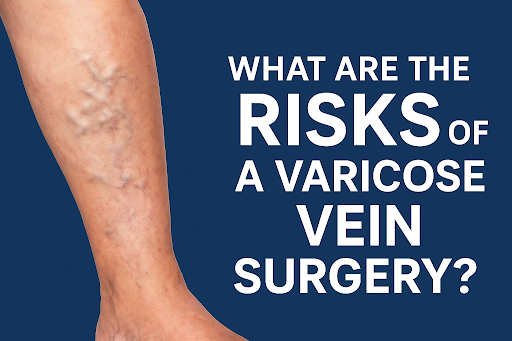The neck’s normal curve is an often overlooked but crucial aspect of our spinal health. When this curve straightens out, it can lead to biomechanical issues, such as degenerated discs and even reduced blood flow to the back of the brain, as recent studies have shown.
Understanding the Cervical Lordosis
When you examine X-ray reports of the neck, you might come across phrases like “straightening of the normal cervical lordosis.” To comprehend this, it’s essential to understand the spine’s construction.
When the normal curve is lost, radiologists use several terms to describe it:
- Straightening of the normal cervical lordosis
- Loss of cervical lordosis
- Straightening of the cervical lordosis
Your neck, upper back, and lower back all have counterbalanced curves. One curve points forward, called lordosis, and the adjacent curve points backward, known as kyphosis. These curves distribute the forces between the front and back of the vertebrae, helping you stand with minimal muscle effort.
The Problem with Straightening of the Cervical Lordosis
Losing the normal neck curve disrupts the balance between the head’s weight and the opposing curve (kyphosis) in the upper back. This imbalance forces the muscles to work harder to support the head’s weight, potentially leading to several problems.
The muscles at the back of the neck bear the load of holding up the head, often causing headaches. This added strain also transfers more weight to the discs between the vertebrae, which can result in increased wear-and-tear and disc degeneration.
Causes of Straightening of the Cervical Lordosis
Several factors can lead to the straightening of cervical lordosis. Common causes include:
- Car Accidents: Trauma from car accidents can damage neck ligaments, leading to this condition.
- Poor Posture: Constantly looking down at devices like cell phones can contribute to this issue over time.
- Muscle Tightness: Tightness in the chest wall and psoas muscle, often due to extended periods of sitting, can also play a role.
- Aging: As we get older, the natural curvature of the spine may change, potentially resulting in lordosis straightening.
- Degenerative Conditions: Degenerative conditions like arthritis or degenerative disc disease can lead to cervical lordosis straightening over time. The deterioration of spinal structures can impact the curve’s integrity.
- Congenital Factors: In some cases, individuals may have congenital factors that predispose them to cervical lordosis straightening. These include abnormalities in the vertebrae’s shape or size.
- Excessive Weight: Excess body weight can place additional stress on the spine, potentially leading to the straightening of cervical lordosis.
- Emotional Stress: Emotional stress can manifest physically, causing neck and shoulder tension that may contribute to cervical lordosis straightening.
Recent Research Findings
Recent research has shed light on the consequences of cervical lordosis straightening. A study involving 30 patients with the loss of cervical lordosis and 30 control subjects without this condition used Doppler ultrasound to measure blood flow through the vertebral artery.
The vertebral artery runs through openings in the neck bones, and changes in neck bone alignment can affect it. In patients with a loss of the normal neck curve, the artery’s diameter was smaller, resulting in reduced blood flow. Since this artery supplies a significant portion of blood to the brain, this finding highlights potential future concerns, particularly for individuals who have spent years glued to their phones.
Treatment Options
From a conservative therapy perspective, there are various approaches to restoring the cervical lordosis curve:
- Chiropractic Care: Chiropractors use specialized traction machines to correct the curve.
- Physical Therapy: Physical therapists focus on stretching and releasing tight chest and pelvic muscles to aid in restoring the normal curve.
- Platelet Injections: In cases of neck ligament damage, precise injections with platelets may offer relief.
It’s worth noting that surgery is typically not recommended as a primary solution for this issue.
In conclusion, maintaining the natural curve of cervical lordosis is crucial for spinal health and overall well-being. Straightening of this curve can lead to a range of problems, including muscle strain, disc degeneration, and potentially reduced blood flow to the brain. If you’re experiencing issues related to cervical lordosis, consider seeking the advice of a healthcare professional to explore treatment options tailored to your specific needs.
FAQs
1. What is cervical lordosis?
Cervical lordosis is the natural curve in the neck’s spine that allows it to balance the weight of the head and distribute forces evenly between vertebrae.
2. How does cervical lordosis straighten?
Several factors, such as car accidents, poor posture, muscle tightness, and aging, can cause the straightening of cervical lordosis.
3. What are the consequences of a loss of cervical lordosis?
Consequences may include muscle strain, headaches, disc degeneration, and as recent research suggests, reduced blood flow to the brain.
4. How is cervical lordosis treated?
Treatment options include chiropractic care, physical therapy, and platelet injections. Surgery is generally not recommended as a first-line solution.
5. Why is maintaining cervical lordosis important?
Maintaining the cervical lordosis curve is vital for spinal health and overall well-being, as it prevents various biomechanical issues and associated discomfort.








